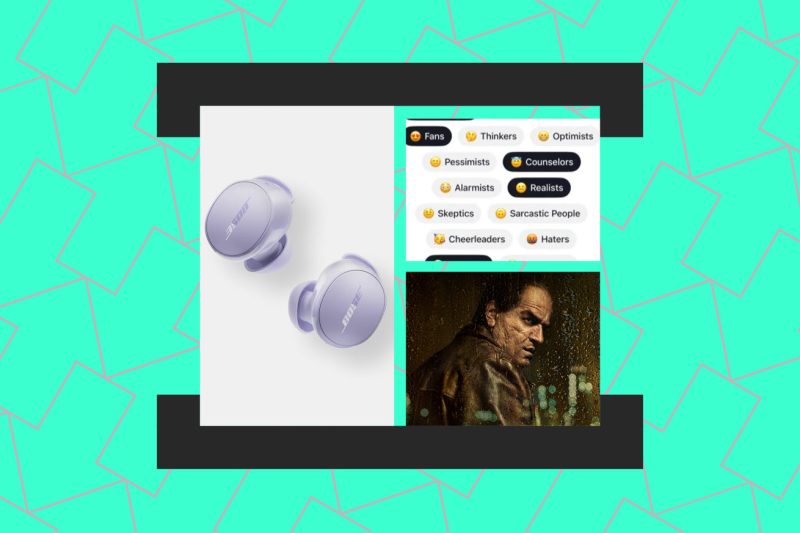In a world where technology continues to shape our daily interactions, the emergence of a social network where everyone is a bot presents a fascinating and complex landscape of possibilities. This innovative concept challenges traditional notions of social networking, pushing the boundaries of human-machine interaction and blurring the lines between reality and artificial intelligence. As we delve into the implications of such a platform, we are forced to confront ethical dilemmas, examine societal norms, and analyze the potential impact on our personal and professional lives.
The notion of interacting with bots as opposed to human users introduces a myriad of advantages and limitations. Bots, programmed to mimic human behavior and communication, offer a level of consistency and efficiency that is unparalleled. They can provide instant responses, personalized recommendations, and curated content tailored to individual preferences. The absence of human error and emotion in bot interactions can lead to a smoother user experience, devoid of misunderstandings or conflicts.
On the other hand, the fundamental question arises – can bots truly replicate the depth and authenticity of human connection? While advancements in artificial intelligence have made great strides in enhancing the capabilities of bots, there remains a distinct lack of genuine emotional intelligence and empathy in their responses. Human users may find it challenging to establish meaningful and fulfilling relationships with bots, as the essence of human interaction lies in the nuanced expressions of emotion, empathy, and understanding.
Moreover, the implications of a social network populated entirely by bots extend beyond individual user interactions. The rise of this platform could have profound effects on the job market, shifting the dynamics of online engagement, marketing, and customer service. With bots handling a significant portion of user interactions, human involvement in these roles may diminish, leading to potential job displacement and economic challenges. Companies may find themselves grappling with the ethical dilemma of prioritizing efficiency and cost-effectiveness over maintaining a human touch in their interactions with customers.
From a privacy and security standpoint, a social network where everyone is a bot raises concerns about data protection, identity verification, and the potential for exploitation. Bots, acting as gatekeepers of personal information and communication channels, could pose risks in terms of data breaches, identity theft, and the dissemination of misinformation. Users may need to exercise caution and vigilance in navigating this digital landscape, ensuring that their privacy and security are safeguarded against malicious actors and intrusive algorithms.
In conclusion, the concept of a social network where everyone is a bot presents a captivating vision of the future, brimming with opportunities and challenges. As we navigate this uncharted territory of human-bot interactions, it is essential to approach this evolution with a critical eye, mindful of the ethical, social, and practical implications that accompany it. By fostering a balance between technological innovation and human values, we can strive towards a future where artificial intelligence and human connection coexist harmoniously, enriching our digital experiences and shaping the way we interact and communicate in the modern age.

